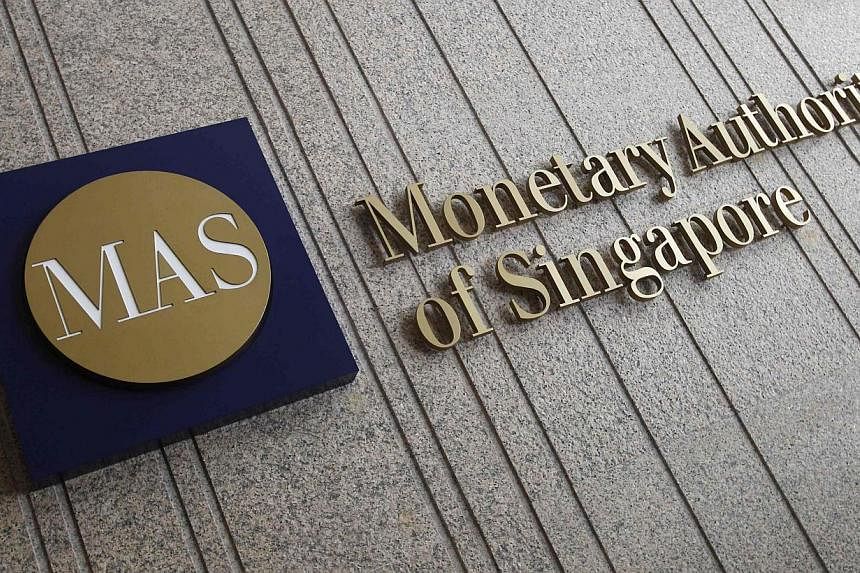In a surprise move, the central bank has acted months ahead of its scheduled meeting to tweak its exchange rate policy and ease the rise of the Singapore dollar.
The almost unprecedented step was prompted by plunging oil prices, which have quelled inflation and eased the need for a strong Singdollar to combat rising prices.
After the 8am announcement by the Monetary Authority of Singapore (MAS), the Singdollar slid as much as 1.1 per cent against the greenback yesterday.
Interest rates also started creeping up. The trend is expected to continue, and could see mortgage payments rise in the months to come, economists said.
MAS also dramatically cut its inflation forecasts for this year yesterday, on the back of plunging oil prices.
This was the first time since the dot.com bust in 2001 that MAS adjusted monetary policy outside of its regular meetings in April and October each year.
Economists said it was the first unscheduled move in recent memory outside of a crisis. Plunging oil prices provided the trigger, falling from US$85 a barrel in November to US$49 now.
MAS said it will maintain the modest appreciation of the Singdollar against a basket of other currencies, but seek to reduce the pace at which it strengthens.
MAS uses the exchange rate as its main tool to strike a balance between controlling inflation from overseas and laying the foundations for economic growth.
A stronger currency helps counter inflation as imports are cheaper in Singdollar terms. On the other hand, a weaker Singdollar helps exporters whose goods become less expensive in foreign markets.

Falling oil prices have made fighting inflation less of a priority as falling oil prices make other goods cheaper.
MAS now expects inflation to come in between negative 0.5 per cent and 0.5 per cent this year.
This is down from earlier estimates of 0.5 per cent to 1.5 per cent, and is the first time the central bank has forecast the possibility of negative inflation, or deflation, since 2009.
MAS core inflation, which is seen as a better gauge of out-of- pocket expenses for households, is expected to come in between 0.5 per cent and 1.5 per cent this year, down from an earlier forecast range of 2 per cent to 3 per cent.
At its meeting last October, MAS maintained its policy of Singdollar appreciation. Since then, however, global oil prices have fallen even more sharply.
Barclays economist Leong Wai Ho said the move was a "big adjustment in inflation expectations and tiny adjustment in policy".
JP Morgan economist Benjamin Shatil said the growth outlook this year, while modest, "is clearly still some way from the recessionary environment of 2001", when MAS last implemented an unscheduled policy shift.
MAS has reaffirmed its forecast for the Singapore economy to grow 2 per cent to 4 per cent this year.
"The decision to move policy between meetings underscores the degree to which the central bank has been surprised (by lower inflation)," said Mr Shatil.
Economists also pointed out that had no action been taken till April, speculators could have started betting against the Singdollar, and it would have been costly to counter those bets.


